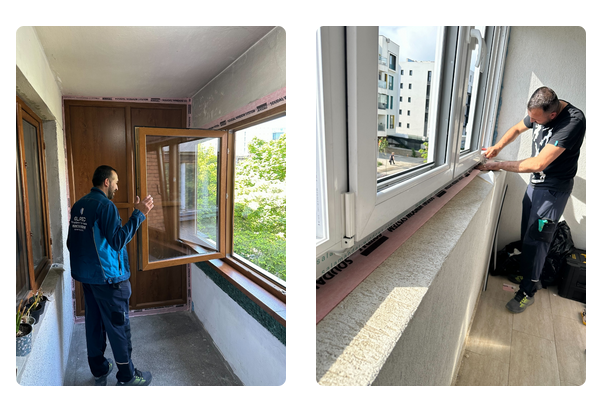
The way forward for Residence Convenience: Exploring Vitality Heating preserving fabric
it thunders (usa garaj)
is the best way to minimize indoors heat reduction and spend less on power charges. In this article, we shall explore everything you should find out about thermal efficiency property.
1.Exactly what is Thermal Insulation?
Energy heat retaining material can be a material which is mounted to lower the shift of heat between surface areas of different temperatures. Popular materials employed for insulating material include fibreglass, cellulose, spray foam, and vitamin wool. Insulating material is installed either between wall surfaces, inside the attic space, or underneath the floor coverings to minimize heat reduction from home.
2.Benefits associated with Thermal Efficiency
The key benefits of energy insulation are many. Certainly one of its main pros is energy efficiency. Heat retaining material allows you to spend less on energy monthly bills by preventing the evade of heated air during freezing weather and trying to keep the amazing air inside during the very hot months. It also lessens moisture build-up or condensation, which inhibits moisture content build-up in the walls, creating your own home a more healthy location to reside in. Setting up thermal heat retaining material can also play a role in decreasing co2 pollutants and reducing the disturbance ranges.
3.Kinds of Energy Insulation
There are actually different kinds of energy insulation readily available that focus on various requirements. Fibreglass efficiency is commonly used and is low-cost. Cellulose efficiency is made from reused components and it is particularly useful for soundproofing. Squirt foam efficiency is a lot more pricey but is great for difficult-to-attain places, when nutrient wool insulation is flame-proof and contains exceptional soundproofing qualities.
4.Installing Requirements
Our recommendation is that efficiency be put in with a expert to ensure that it can be mounted appropriately, and you get highest heat retaining material. Prior to installing, the heat retaining material technician will determine your home’s demands and figure out the particular heat retaining material that is certainly appropriate for your home. Sufficient venting is vital, so insulating material should not be mounted before soffit vents, because this can avoid proper venting within your attic space, ultimately causing mold and mildew development.
5.Cost and Return
Even though the expense of efficiency can vary dependant upon the kind of insulation you choose, the sq footage of your house, along with the insulation’s fullness, the cost is really a long-term investment. Making an investment in energy efficiency can pay off in the long run, reducing your electricity charges and raising the price of your house. Installment could cost between $2000-$5000, but you can expect to recoup your time and money within two to 6 many years in energy savings.
Summary:
To summarize, energy insulating material is a great option for property owners who wish to save cash on power bills and make a a lot more vitality-successful property. With various kinds of heat retaining material you can purchase these days, you can easily find a answer which fits your requirements and budget. Purchasing energy efficiency is actually a choice that will pay off for many years by raising house benefit and offering financial cost savings. We hope this article has helped in knowing energy heat retaining material and what considerations well before setting it up at your residence.